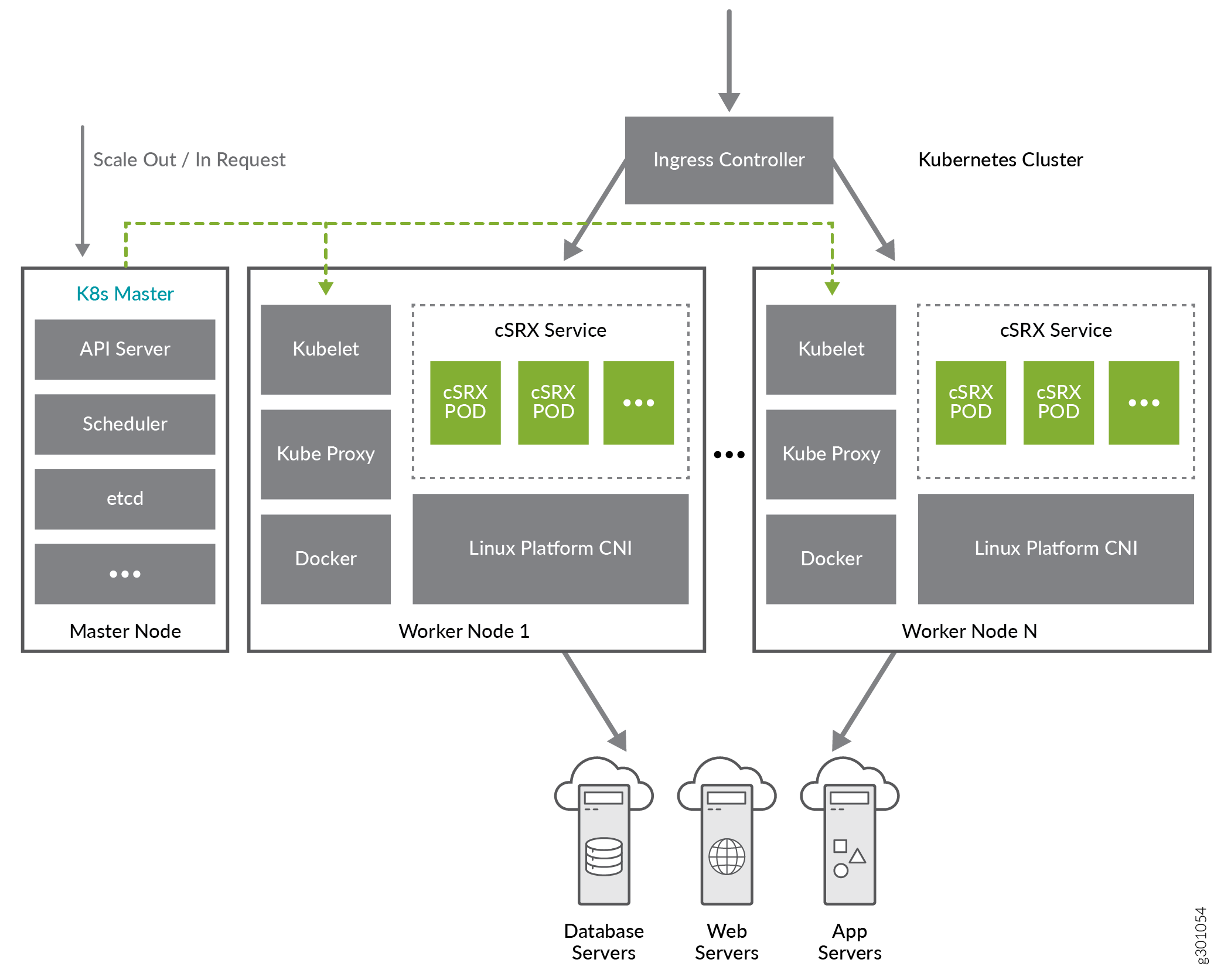Kubernetes Container Security and Docker Compose


In Kubernetes, a container security context provides security for the Kubernetes cluster. This can be configured on a build pod, a helper pod, or a service pod. In order to set this context, the container must conform to a policy that you define.
The Kubernetes service model handles the lifecycle of the containers in a cluster. It also controls connectivity between containers and hosts. Each time a new container is created, the interfaces between the components must be refreshed. In addition, Kubernetes also manages traffic in and out of the cluster, routing requests to the proper components.
Kubernetes also provides an API for extending its capabilities. One way to do this is to use Custom Resources, which are API resources representing objects that are not part of the standard Kubernetes product. Custom Resources can appear and disappear in a running cluster through dynamic registration. The administrator of the cluster can also update Custom Resources independently.
Kubernetes is an open-source application management system for containerized applications. The project was created by Google and was inspired by their internal data center management software, “Borg.” Today, the project is hosted by the Cloud Native Computing Foundation (CNCF). The project has grown rapidly, with more than 2,300 contributors and half of the Fortune 100 adopting it.
Kubernetes supports large-scale applications, such as enterprise applications. Its decoupled architecture makes it suitable for massive growth. The code base is constantly evolving, making it difficult for developers to keep up. As a result, Kubernetes is not a good fit for small applications. Kubernetes is a popular choice for cloud environments, and all major cloud vendors now support it.
Another feature of Kubernetes is its flexibility. It can run on any infrastructure, including Amazon Web Services, Microsoft Azure, and Google Cloud Platform. Additionally, it can be used on premise as well. In addition, it can be used on multiple clouds and on hybrid cloud infrastructures. Additionally, it can help solve capacity issues without locking you into a single cloud provider.
Kubernetes also provides support for a number of deployment patterns, including blue-green and A-B testing. The API Server is a service that exposes an HTTP API. It provides declarative APIs and object-oriented services for managing a cluster of containers. It also provides a service called kubelet that helps manage pods. Using the API, you can start and stop pods in a cluster.
Monitoring Kubernetes is important for ensuring a stable application runtime. This is achieved by monitoring workload performance. Several third-party tools have been developed to help administrators monitor their clusters. However, Kubernetes itself does not provide log storage, and users will have to provide a solution for that.
Kubernetes clusters are made up of physical or virtual machines. A master node acts as a control panel that communicates with the rest of the cluster. The worker nodes execute the tasks assigned to them, and report back to the master node. A cluster will always have at least one master, but can have more depending on the replication pattern.
Kubernetes also allows users to control the scheduling decisions made by the cluster. Users can change properties associated with individual nodes, which increases or decreases the likelihood of certain types of containers being assigned to specific nodes. This allows for a balance between hands-off automatic selection and fine-grained control.
When creating a pod, you can set the poll_timeout parameter to control how long the process should take before the pod reaches the Ready status. The scheduling of pods is controlled by the Kubernetes Scheduler. If the kube-apiserver is overloaded, this is a sign that it is overloaded. Alternatively, you can create a pod by running the pre-build containers.

